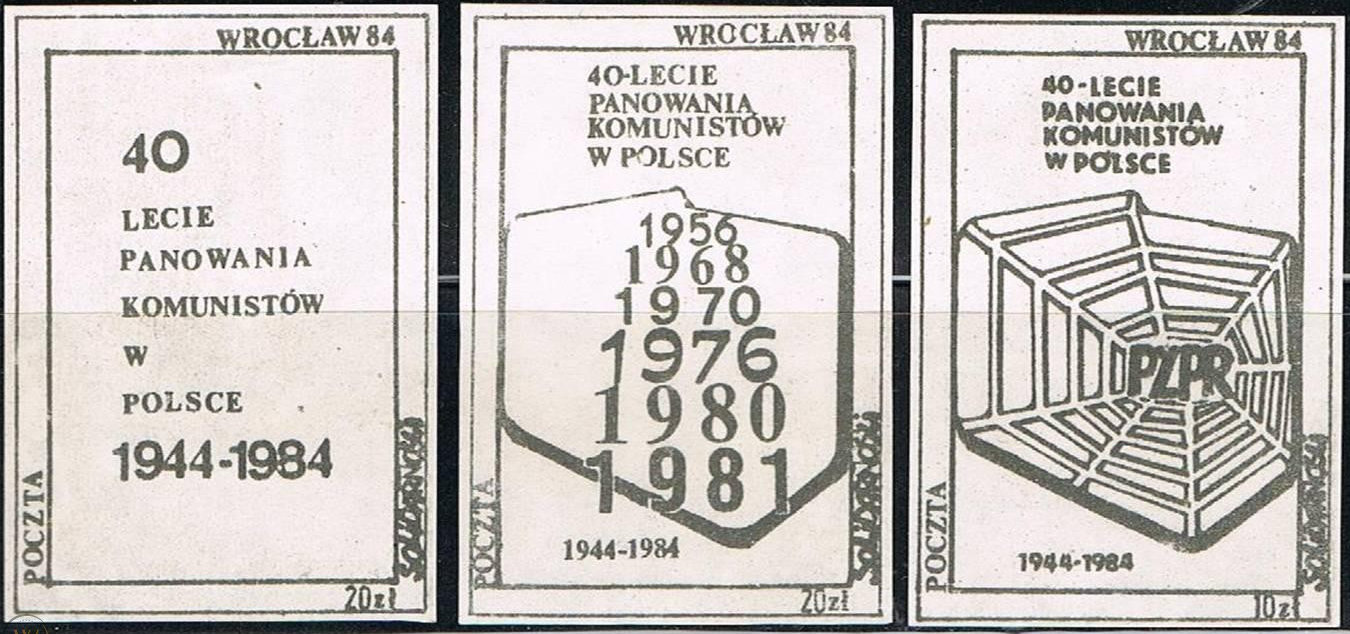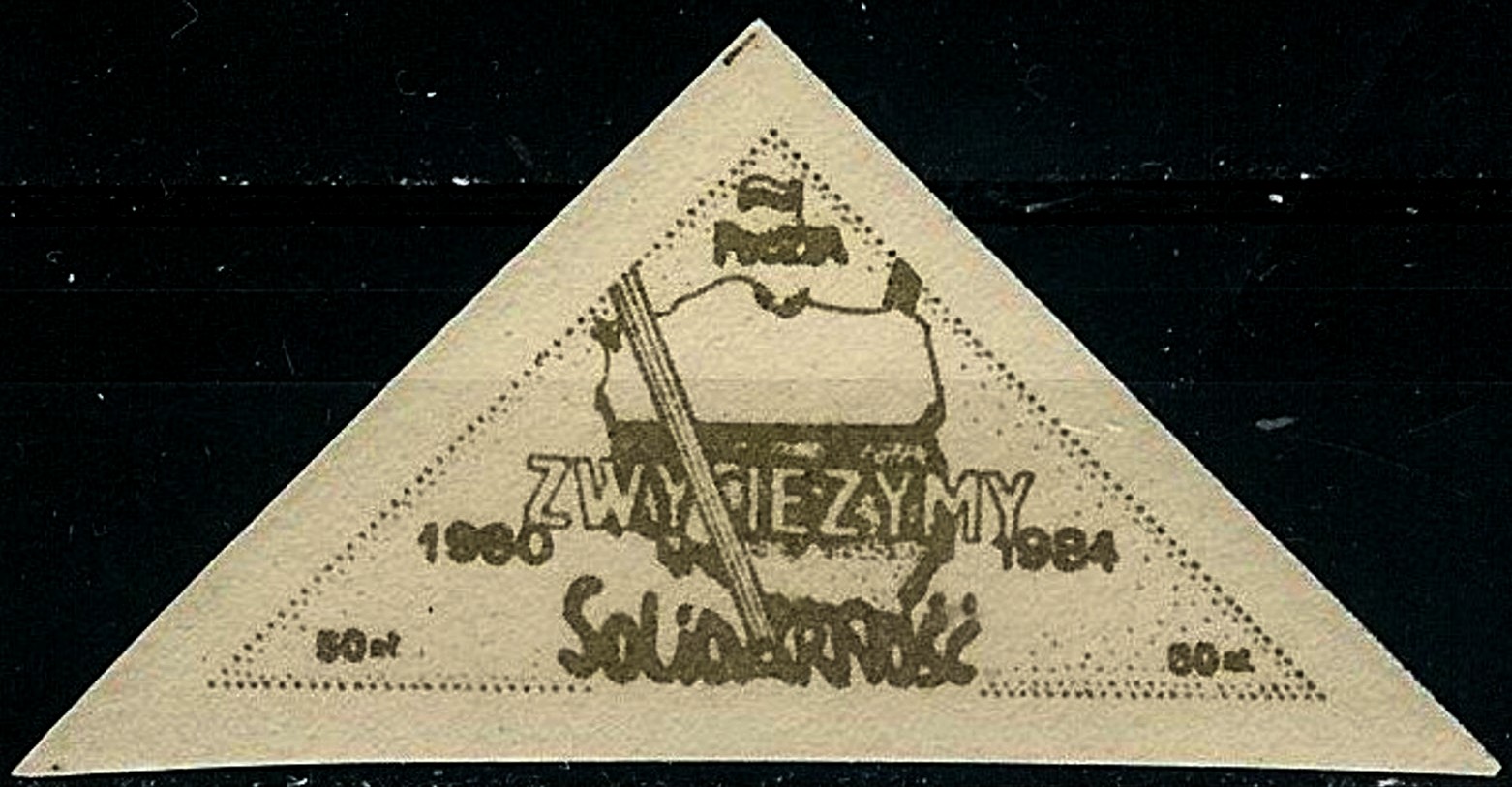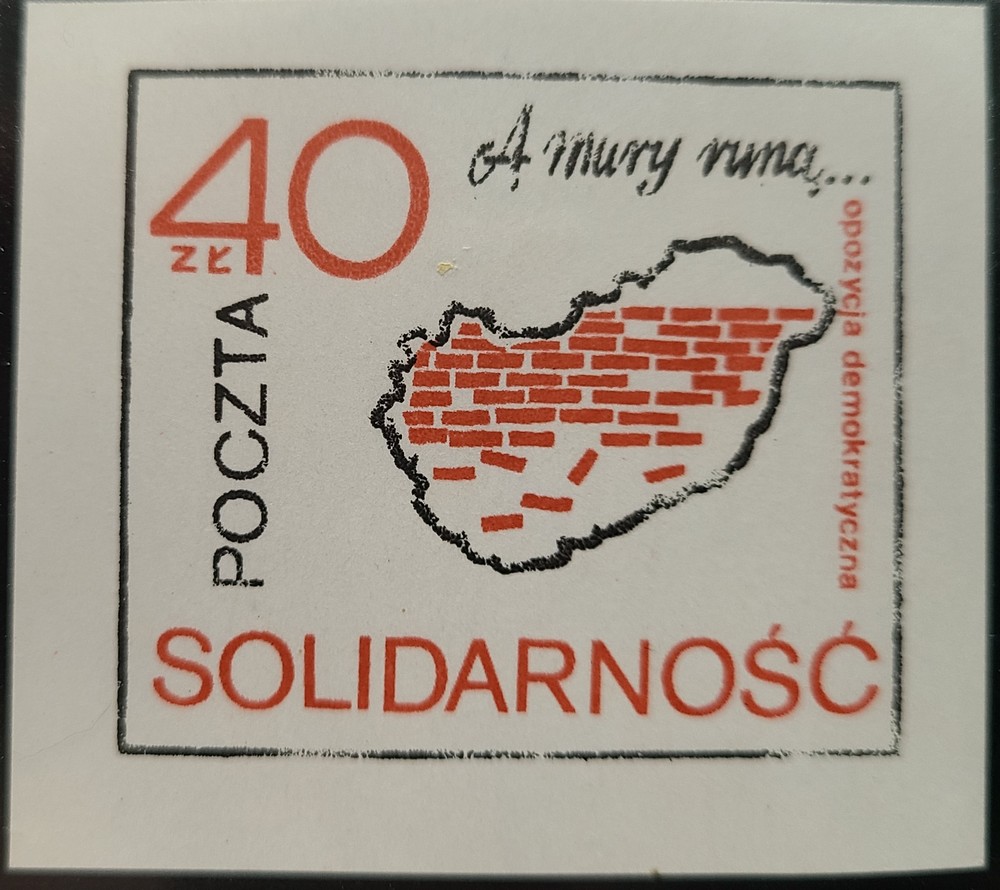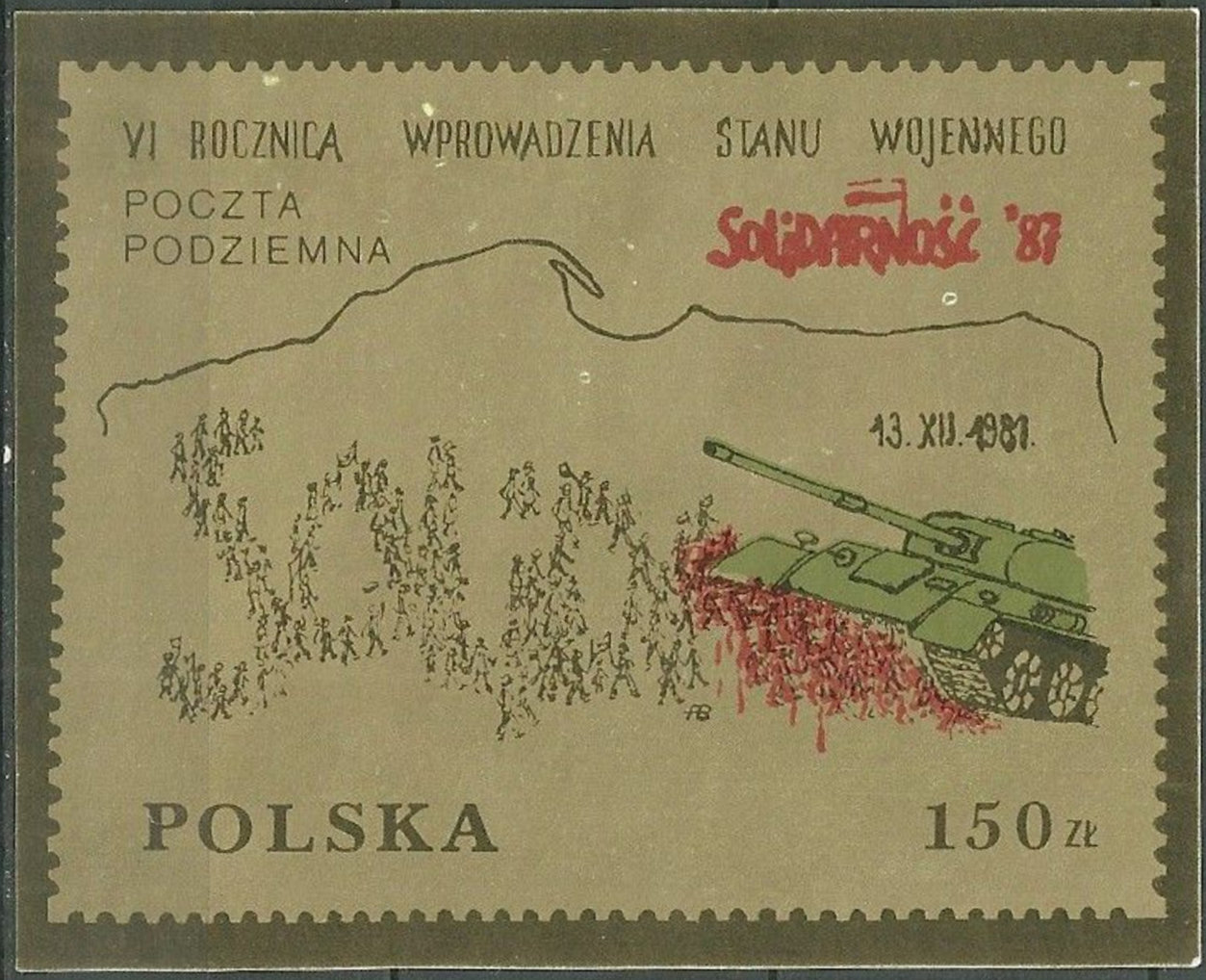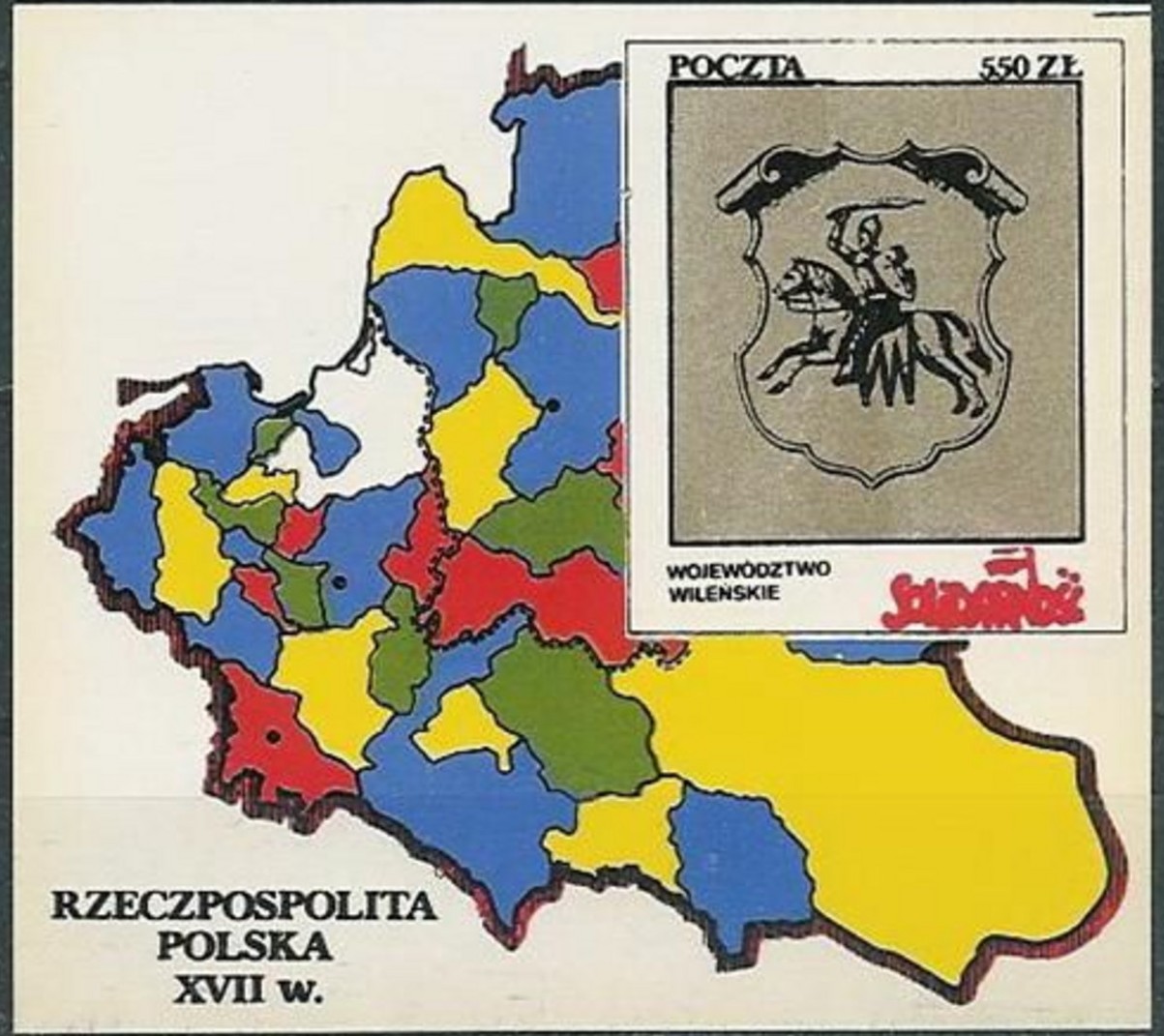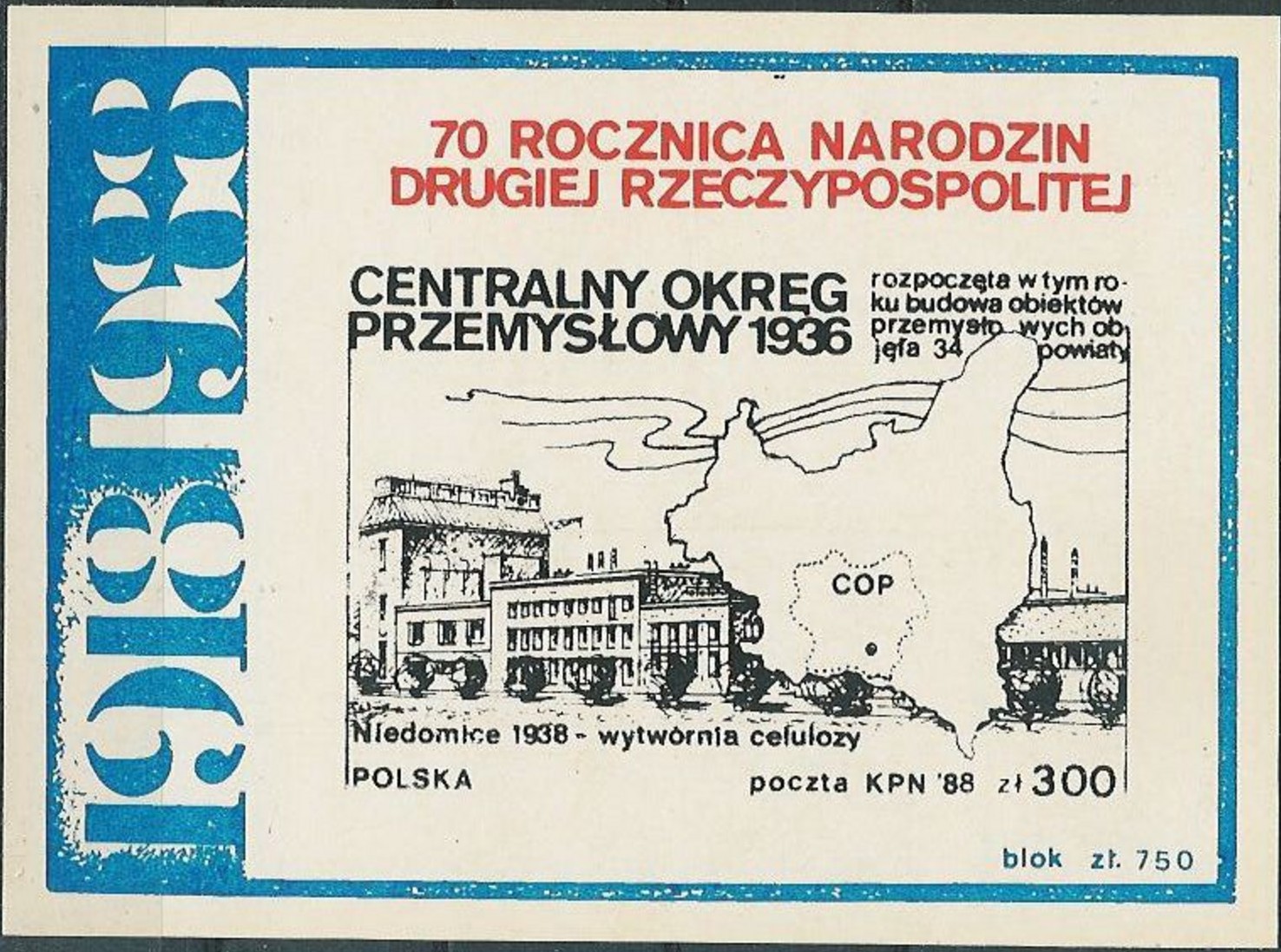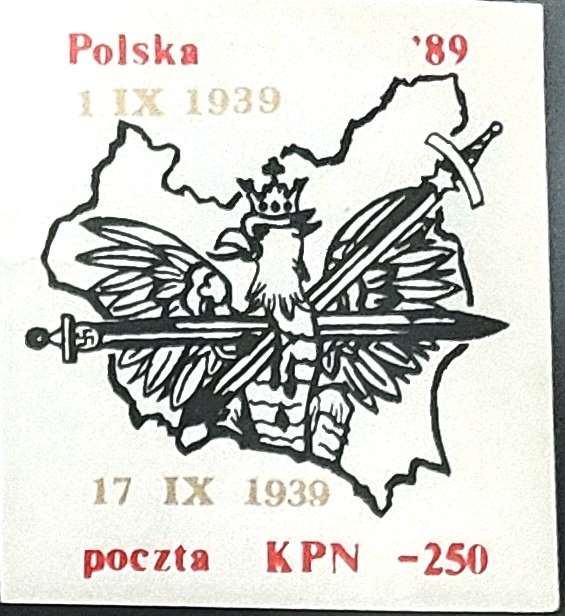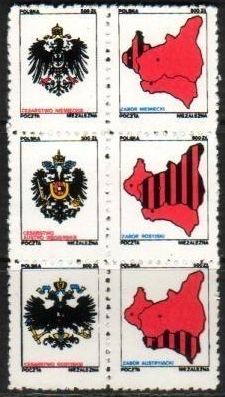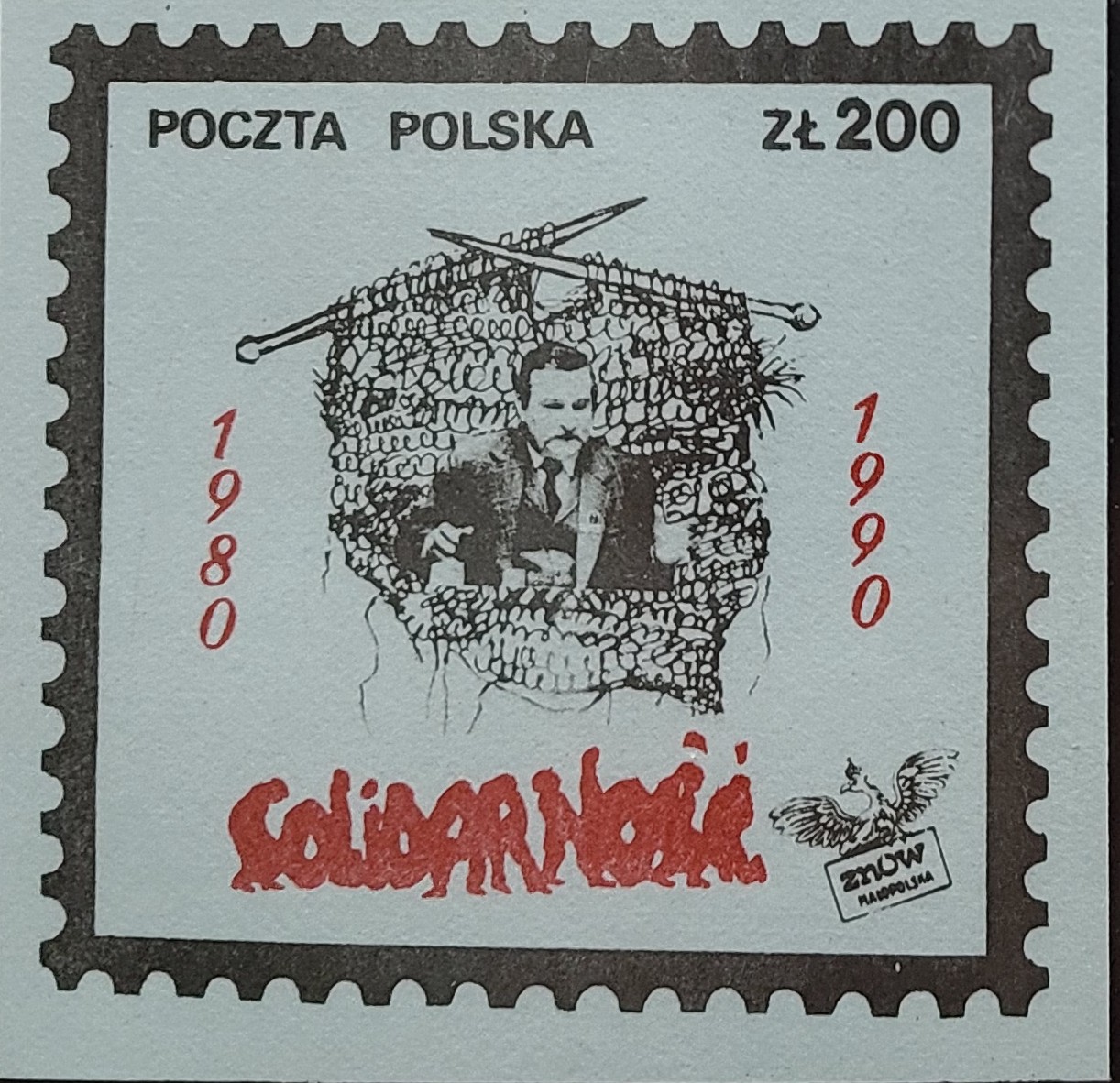Poland - Solidarity movement
Total of 156 map stamps issued by Poland - Solidarity movement
Depicted: Poland
Polish officers and soldiers
Polish officers and soldiers murdered by the Red Army in the spring of 1940.
Depicted: Poland
Polski miesiace - souvenir sheet
TPP CAT NO:TPP1982-84(241)
Depicted: Poland
GEN MARIAN LANGIEWICZ DICTATOR
Depicted: Poland
Map and anchor - Gdansk
Depicted: Poland
Map of Nazi and Soviet WW2 invasions - SS
TPP CAT NO:TPP1985(212)
Depicted: Poland
Ribbentrop Molotov Maps WW2
SEPT 1939 4TH PARTITION BY GERMANY & RUSSIA (SOLID0149/0296) Ribbentrop Molotov Maps WW2
Depicted: Poland
Depicted: Afghanistan
Depicted: Hungary
Depicted: Czechoslovakia
Depicted: Afghanistan
The Soviet invasion (in English)
Depicted: Afghanistan
The Soviet invasion (in Polish)
Depicted: Poland
Bialystock skeleton hand
SAY NO TO ZARNOWIEC POWER STATION
Depicted: Poland
Industrial Achievements - centralny okreg przemyslowy 1936
Depicted: Poland
Industrial Achievements - centralny okreg przemyslowy 1936
Depicted: Russia
Katin massacre
The Katyn Forest Massacre - mass execution of about 20,0000 Polish nationals carried out by the Soviet secret police NKVD under the orders of Joseph Stalin and the Soviet Politburo in April-May 1940.
The victims were murdered in the Katyn Forest in Russia, the Kalinin and Kharkov prisons and elsewhere. About 8,000 were officers taken prisoner during the 1939 Soviet invasion of Poland, 6,000 police officers, with the rest being Polish intelligentsia arrested for allegedly being "intelligence agents, gendarmes, landowners, saboteurs, factory owners, lawyers, officials and priests."
Nazi Germany announced the discovery of mass graves in the Katyn Forest in 1943. The revelation led to the end of diplomatic relations between Moscow and the London based Polish government-in-exile. The Soviet Union continued to deny responsibility for the massacres until 1990, when it officially acknowledged and condemned the perpetration of the killings by the NKVD.
Depicted: Poland
45th anniv. Warsaw uprising
The stamps shows images of the defence circuits (areas) of the Warsaw Home Army during the Warsaw uprising during World War 2. The Armia Krajowa (Home Army) was defending Poland´s capital against the Nazi German aggressors during the 2nd World War.






